158 LANAP – Does LANAP Really Work? (1 of 5)
Patients who struggle with gum disease often have questions regarding LANAP technology. Because it is relatively new, patients want to know how it works and how it differs from traditional treatment methods. LANAP stands for Laser Assisted New Attachment Procedure. The term “new attachment” refers to how the laser treatment encourages the reattachment of healthy gum tissue in the jaw and mouth. Gum attachment is critical in treating gum disease. One sign of gum disease is inflamed and infected gums. As the disease progresses, it can affect the bones which support and secure the teeth. In severe cases, gum disease can result in tooth loss.
Treating periodontal disease takes place over a long period of time and focuses on healing the natural gums. Through LANAP, gum disease is treated with a laser which helps stimulate the growth and attachment of healthy gum tissue. LANAP is also able to heal the gums more quickly than traditional treatments. Dentists who offer LANAP should be experienced, qualified, and use modern laser technologies.
LANAP for Gum Surgery
Osseous surgery is one of the traditional methods used to treat advanced periodontal disease. With this procedure, the dentist will use a scalpel to remove diseased gum tissue. Any infected pockets in the gums or bones are then surgically removed. Sutures are then used to reshape the gums snugly around the teeth and eliminate any pockets. While the procedure is effective, the expected recovery time is lengthy and the procedure is invasive. Patients often experience significant pain and discomfort.
LANAP works by eliminating darker, diseased gum tissue with a highly targeted light frequency. The laser will also kill any bacteria in the mouth. This aids in expediting the healing process and also stimulates the growth of new tissue. The procedure is far less invasive, has a must faster healing time, and causes significantly less pain.
Various studies regarding LANAP suggest the procedure is effective and produces positive results. LANAP also has fewer cases of tooth loss following laser surgery compared to traditional gum surgery. The procedure has also has demonstrated an increase in new tissue attachments between the gums and bone. In addition, it helps regenerate healthy gums for periodontal patients.
LANAP has also been highly successful in the long-term treatment of gum disease. Patients who complete LANAP are less likely to experience recurring periodontal disease compared to patients who undergo traditional treatment methods such as osseous surgery. LANAP is so effective because the laser removes bacteria which causes gum disease. In addition, improved tissue regrowth aids in protecting the roots and bones. LANAP patients are also more successful in at practicing good oral hygiene at home, which is critical in preventing future gum disease. The healing is far less painful and much quicker.
Bone and Gum Regrowth
While LANAP does not technically regrow the bone and gums, it creates optimal conditions required to expedite the patient’s natural regenerative healing processes.
The procedure does not involve cutting or sewing which can require significant recovery. This allows the tissues to easily heal. The laser aids in sterilizing the area and ensures healing is successful. The light frequency also promotes quick growth of new tissue.
Gum disease should be treated as soon as possible. When it remains untreated, it can result in serious, long-term complications. LANAP is an excellent treatment option for many patients. Follow up with your dentist to discuss any questions.
